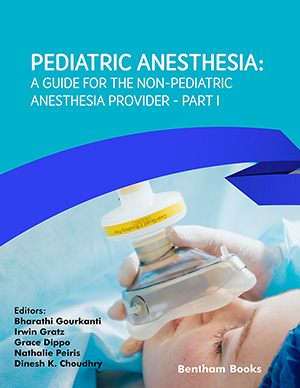Abstract
Every day in the United States, 33 children on average will die from an
injury, and another 25 thousand will suffer a nonfatal injury. Given this tragically high
incidence, anesthesiologists must prepare for the management of traumatic events,
regardless of whether one’s routine practice includes pediatrics. The anesthesiologist
has the opportunity to add value at multiple points of care: initial assessment and
airway management; intraoperative and resuscitative efforts; providing sedation to
facilitate diagnostics and procedures; pain management. Advanced trauma life support
(ATLS) has devised algorithms and guidelines to simplify and standardize the initial
assessment and treatment of the trauma patient. Familiarity with and adherence to these
guidelines improves morbidity and mortality outcomes. This chapter will explore the
common risks that children face and how to respond when trauma occurs.
Keywords: Abdominal trauma, Burns, Cervical spine clearance, Epinephrine, Full stomach, GCS, Massive transfusion, Missed injuries, Pediatric airway characteristics, Pediatric trauma, Pediatric vital signs, Primary survey, SAMPLE, Secondary survey, Shock, Sugammadex, Tension pneumothorax, Thoracic trauma, Thromboembolism, Tranexamic acid, Traumatic brain injury, Traumatic airway, Whole blood.






















